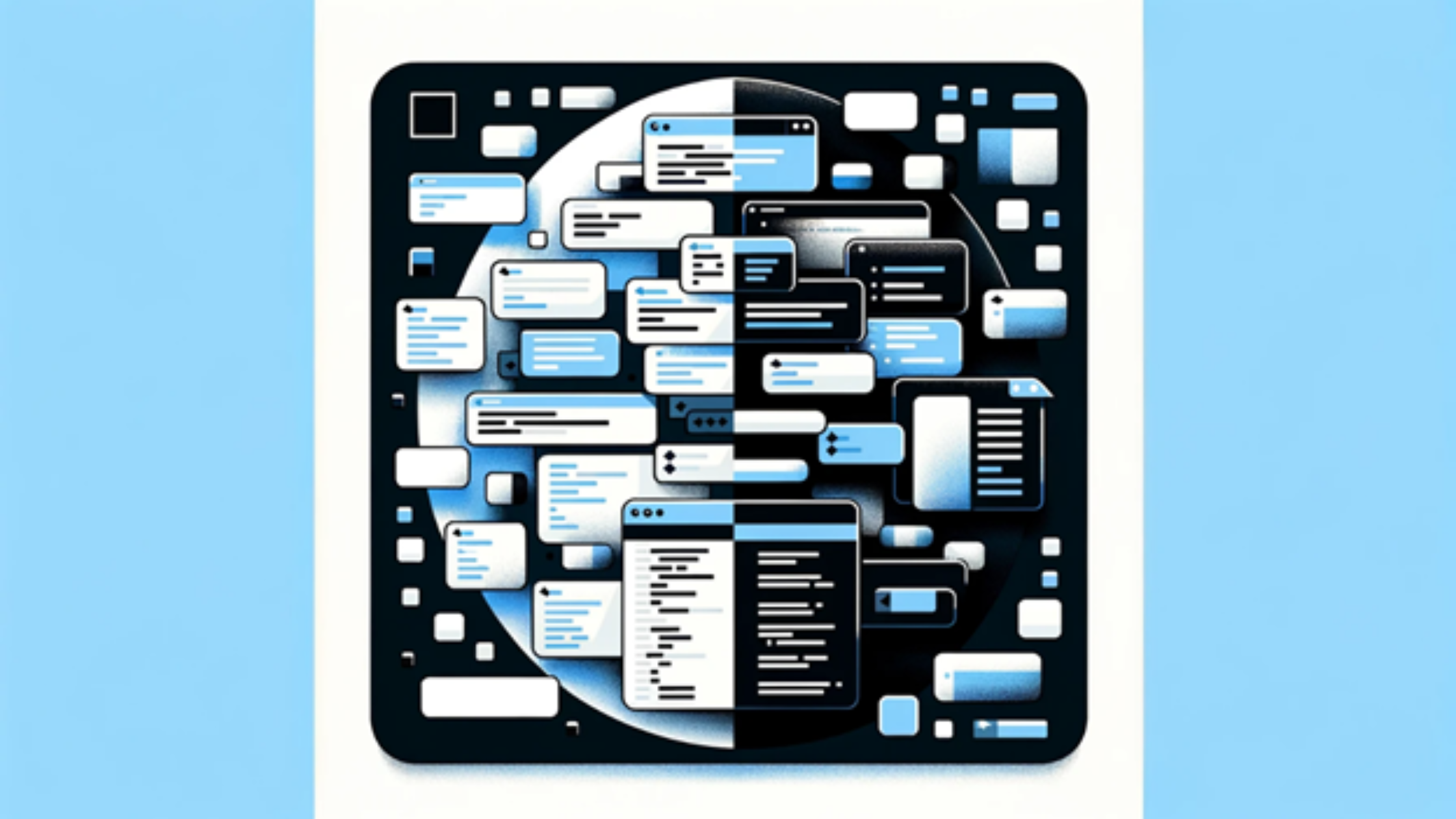MODIFIED ON: April 18, 2024 / ALIGNMINDS TECHNOLOGIES / 0 COMMENTS

Introduction
Overview of Legacy Code Challenges Legacy codebases are like old houses; they have a history, character, and often a fair share of hidden problems. These codebases can be riddled with issues such as outdated technologies, lack of documentation, and scalability challenges. They become increasingly difficult to maintain and adapt to new requirements.
Importance of Code Refactoring Refactoring is not just about cleaning up code; it’s about transforming it into something more sustainable, efficient, and adaptable. It’s a crucial process for businesses looking to stay competitive and agile in a rapidly evolving technological landscape.
Understanding Code Refactoring
Definition and Goals Code refactoring is the process of restructuring existing computer code without changing its external behavior. Its primary goals are to improve the nonfunctional attributes of the software, making it easier to comprehend, reducing its complexity, and increasing its maintainability.
When to Refactor Refactoring is necessary when a codebase becomes too complex, difficult to understand, or expensive to maintain. It’s also crucial when preparing a codebase for new features or updates.
Techniques for Modernizing Legacy Codebases
1.Incremental Refactoring
Example: Consider how Google constantly updates its algorithms. They don’t overhaul everything at once; instead, they make incremental improvements to enhance performance and maintainability.
2.Improving Code Structure
Modularization: Breaking down a monolithic application into microservices.
Removing Duplication: Consolidating repeated code blocks into single functions.
Simplifying Complex Methods: Splitting large functions into smaller, more manageable ones.
3.Updating Technologies
Example: Netflix’s migration from a monolithic to a cloud-based microservices architecture. This shift allowed for better scalability and faster deployment times.
4.Enhancing Readability and Documentation
Refactoring code to be more readable and ensuring up-to-date documentation is akin to creating a well-organized and annotated map for future developers.
5. Automated Refactoring Tools
Tools like JRefactory and ReSharper can automate some of the refactoring processes, making it more efficient.
Best Practices in Code Refactoring
• Testing and Quality Assurance
Implementing rigorous testing (like unit tests) ensures that refactoring doesn’t alter the software’s functionality.
• Balancing Time and Budget Constraints
Refactoring should be part of the regular development cycle to avoid overwhelming costs and time investments.
• Team Collaboration and Knowledge Sharing
Promoting a culture where knowledge is shared and code ownership is collective helps in maintaining a clean and efficient codebase.
Case Studies

Image Source: Pomeroy.me
• GitHub’s Move to GraphQL:GitHub’s transition from REST to GraphQL for their API was a strategic move to make their data more accessible and easier to work with, showcasing the power of refactoring in improving performance and usability.
Conclusion
Long-Term Benefits of Refactoring Refactoring legacy codebases is an investment in the software’s future. It leads to increased efficiency, reduced maintenance costs, and ensures the software remains aligned with current and future business needs.
Get Help
If you’re facing challenges with your legacy codebase and need expert guidance in refactoring, don’t hesitate to reach out. Our team at AlignMinds is equipped with the skills and experience to transform your software into a modern, efficient, and scalable solution.
________________________________________Leave a reply
Your email address will not be published.
-
Recent Posts
- Unveiling the Future: The Role of AI in Spearheading Digital Transformation in 2024
- Chatbots vs. Conversational AI: Decoding the Mysteries Behind the Tech
- Leading the Pack: The Top Conversational AI Platforms Transforming Communication in 2024
- The Future of Work: Key Remote Staffing Trends Dominating 2024
- The Ultimate Guide to Choosing the Right Generative AI Company
-
Categories
- MVP Development (3)
- AlignMinds (55)
- Operating Systems (2)
- Android POS (3)
- Application Hosting (1)
- Artificial Intelligence (19)
- Big Data (2)
- Blockchain (1)
- Cloud Application Development (7)
- Software Development (30)
- Software Testing (9)
- Strategy & User Experience Design (4)
- Web Application Development (23)
- Cyber Security (6)
- Outsourcing (7)
- Programming Languages (3)
- DevOps (5)
- Software Designing (6)
- How to Code (4)
- Internet of Things (1)
- Machine Learning (2)
- Mobile App Marketing (4)
- Mobile Application Development (18)
- Mobile Applications (5)







